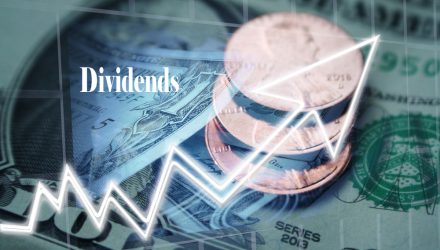The central bank’s decision to keep interest rates near zero didn’t do any yield seekers any favors, especially if they’re parking capital in safe haven Treasury notes. With the search for yield still a challenge in today’s fixed income market environment, it’s important for investors to not rely heavily on dividends for income purposes.
With bond yields in the U.S. hovering below 1% as in the case of the benchmark 10-year note, the U.K. is experiencing the same, but in negative territory.
“Globally, dividends are being cut heavily this year, and bond yields in the UK are also in negative territory. Anyone relying purely on dividends and bond coupons for income is now facing a big problem,” said Matthew Yeates, senior investment manager at Seven Investment Management.
What’s a fixed income investor to do? Yeates suggests looking at the total return of a portfolio as opposed to just the income aspect, particularly when it comes to looking ahead to retirement.
“Investors looking for a portfolio that maximizes their chance of meeting their retirement spending needs should not view income assets and capital growth assets as separate things. It’s better to focus on the total return of portfolios. After all, income can be created by selling the proceeds of capital growth just as easily as from ‘natural’ dividend payments.”
Investors looking for dividend yield can look at the following exchange-traded funds (ETFs):
- Vanguard Dividend Appreciation Index Fund ETF Shares (VIG): seeks to track the performance of a benchmark index that measures the investment return of common stocks of companies that have a record of increasing dividends over time. The fund employs an indexing investment approach designed to track the performance of the Nasdaq US Dividend Achievers Select Index, which consists of common stocks of companies that have a record of increasing dividends over time. The adviser attempts to replicate the target index by investing all, or substantially all, of its assets in the stocks that make up the index, holding each stock in approximately the same proportion as its weighting in the index.
- SPDR S&P Dividend ETF (SDY): seeks to provide investment results that, before fees and expenses, correspond generally to the total return performance of the S&P High Yield Dividend Aristocrats Index. The fund generally invests substantially all, but at least 80%, of its total assets in the securities comprising the index. The index is designed to measure the performance of the highest dividend yielding S&P Composite 1500® Index constituents that have followed a managed-dividends policy of consistently increasing dividends every year for at least 20 consecutive years.
A Yield-Focused ETF
For fixed income investors seeking yield, they can look to the Principal Active Income ETF (YLD). YLD is an actively managed fund that seeks to achieve its investment objective by investing its assets in investment grade and non-investment grade fixed income securities and in equity securities.
The fund’s Sub-Advisors, actively and tactically allocates the fund’s assets among fixed income securities and equity securities in an effort to take advantage of changing economic conditions that the Advisor believes favors one asset class over another.
For more relative market trends, visit ETF Trends.

